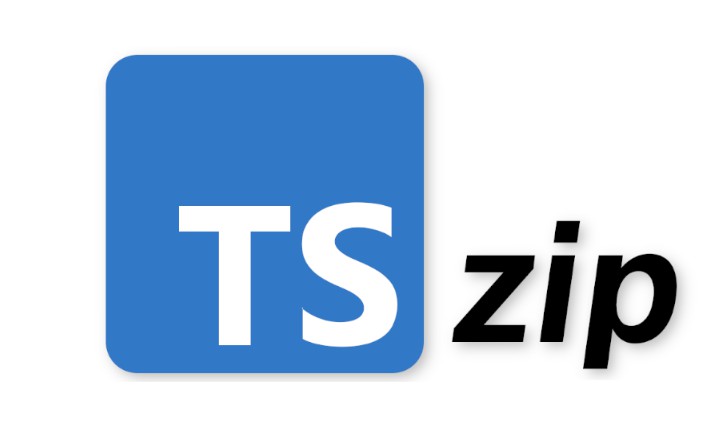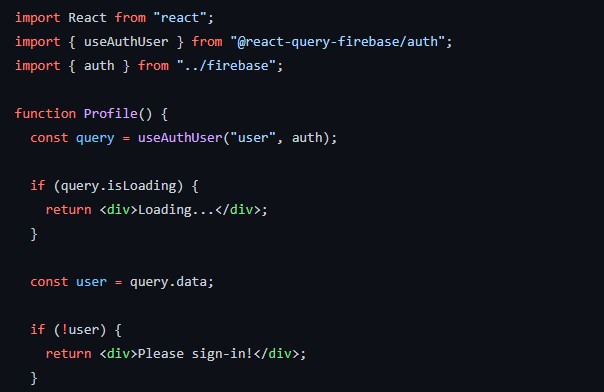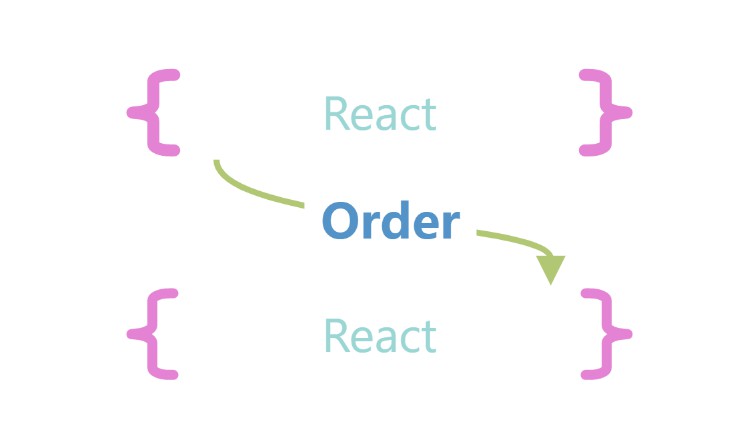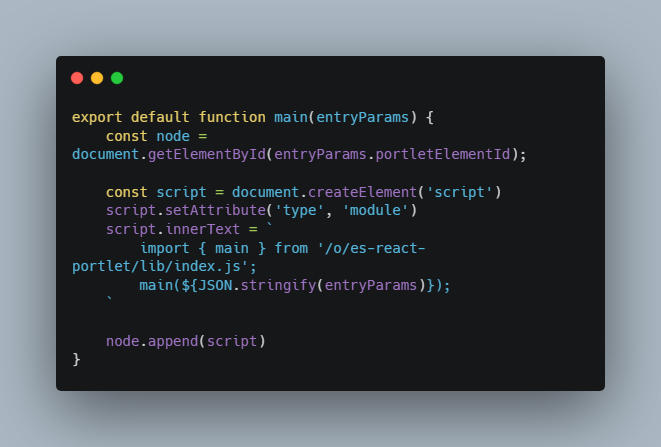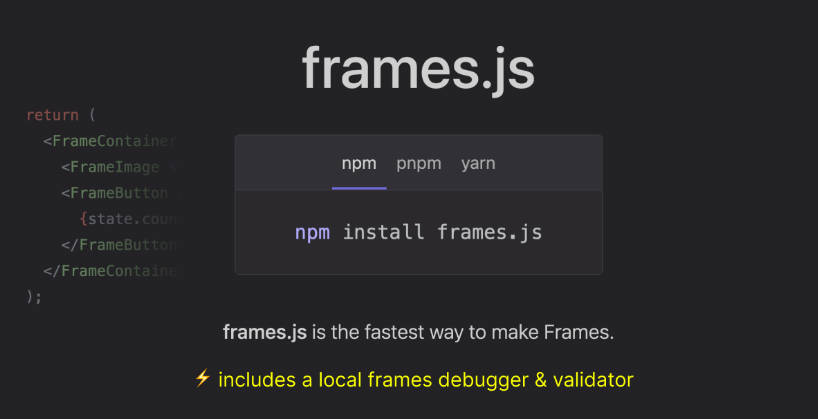f(model) - Functional Domain Modeling with TypeScript
When you’re developing an information system to automate the activities of the business, you are modeling the business.
The abstractions that you design, the behaviors that you implement, and the UI interactions that you build all reflect
the business — together, they constitute the model of the domain.
IOR<Library, Inspiration>
This project can be used as a library, or as an inspiration, or both. It provides just enough tactical Domain-Driven
Design patterns, optimised for Event Sourcing and CQRS.
The library is fully isolated from the application and infrastructure layers. It represents a pure
declaration of the program logic. It is written in TypeScript programming language.
(command: C, state: S) => readonly E[]
On a higher level of abstraction, any information system is responsible for handling the intent (Command) and based on
the current State, produce new facts (Events):
- given the current
State/Son the input, - when
Command/Cis handled on the input, - expect
listof newEvents/Eto be published/emitted on the output
(state: S, event: E) => S
The new state is always evolved out of the current state S and the current event E:
- given the current
State/Son the input, - when
Event/Eis handled on the input, - expect new
State/Sto be published on the output
Event-sourced or State-stored systems
- State-stored systems are traditional systems that are only storing the current State by overwriting the previous State
in the storage. - Event-sourced systems are storing the events in immutable storage by only appending.
Both types of systems can be designed by using only these two functions and three generic parameters

Decider is the most important datatype, but it is not the only one. Let's discuss all of them, and visualize how they fit the Onion architecture.
The arrows in the image are showing the direction of the dependency. Notice that all dependencies point inwards, and that Domain is not depending on anything.

Decider
_Decider is a datatype that represents the main decision-making algorithm. It belongs to the Domain layer. It has five
generic parameters C, Si, So, Ei, Eo , representing the type of the values that _Decider may contain or use.
_Decider can be specialized for any type C or Si or So or Ei or Eo because these types do not affect its
behavior. _Decider behaves the same for C=Int or C=YourCustomType, for example.
_Decider is a pure domain component.
C- CommandSi- input StateSo- output StateEi- input EventEo- output Event
We make a difference between input and output types, and we are more general in this case. We can always specialize down
to the 3 generic parameters: export class Decider<C, S, E> extends _Decider<C, S, S, E, E> {}.
The three parameter(s) Decider<C, S, E> is the type you would like to use as an API, rather than using _Decider<C, S, S, E, E>. Nevertheless, you have options.
Notice that Decider implements an interface IDecider to communicate the contract.
export class _Decider<C, Si, So, Ei, Eo> implements I_Decider<C, Si, So, Ei, Eo> {
constructor(
readonly decide: (c: C, s: Si) => readonly Eo[],
readonly evolve: (s: Si, e: Ei) => So,
readonly initialState: So
) {}
}
export type IDecider<C, S, E> = I_Decider<C, S, S, E, E>;
export class Decider<C, S, E> extends _Decider<C, S, S, E, E> implements IDecider<C, S, E> {}
Additionally, initialState of the Decider is introduced to gain more control over the initial state of the Decider.

We can now construct event-sourcing or/and state-storing aggregate by using the same decider.
Event-sourcing aggregate
Event sourcing aggregate is using/delegating a Decider to handle commands and produce events. It belongs to the Application layer.
In order to handle the command, aggregate needs to fetch the current state (represented as a list of events)
via EventRepository.fetchEvents function, and then delegate the command to the decider which can produce new events as a result.
Produced events are then stored via EventRepository.save function.

State-stored aggregate
State stored aggregate is using/delegating a Decider to handle commands and produce new state. It belongs to the Application layer.
In order to handle the command, aggregate needs to fetch the current state via StateRepository.fetchState function first, and then
delegate the command to the decider which can produce new state as a result.
New state is then stored via StateRepository.save function.

View
_View is a datatype that represents the event handling algorithm, responsible for translating the events into
denormalized state, which is more adequate for querying. It belongs to the Domain layer. It is usually used to create
the view/query side of the CQRS pattern. Obviously, the command side of the CQRS is usually event-sourced aggregate.
It has three generic parameters Si, So, E, representing the type of the values that _View may contain or use.
_View can be specialized for any type of Si, So, E because these types do not affect its behavior.
_View behaves the same for E=Int or E=YourCustomType, for example.
_View is a pure domain component.
Si- input StateSo- output StateE- Event
We make a difference between input and output types, and we are more general in this case. We can always specialize down
to the 2 generic parameters: class View<S, E> extends _View<S, S, E> {}.
The two parameter(s) View<S, E> is the type you would like to use as an API, rather than using _View<S, S, E>. Nevertheless, you have options.
Notice that View implements an interface IView to communicate the contract.
export class _View<Si, So, E> implements I_View<Si, So, E> {
constructor(
readonly evolve: (s: Si, e: E) => So,
readonly initialState: So
) {}
}
export type IView<S, E> = I_View<S, S, E>;
export class View<S, E> extends _View<S, S, E> implements IView<S, E> {}

Materialized View
A Materialized view is using/delegating a View to handle events of type E and to maintain a state of denormalized projection(s) as a
result. Essentially, it represents the query/view side of the CQRS pattern. It belongs to the Application layer.
In order to handle the event, materialized view needs to fetch the current state via ViewStateRepository.fetchState function first, and then delegate the event to the view, which can produce new state as a result. New state
is then stored via ViewStateRepository.save function.
Saga
Saga is a datatype that represents the central point of control, deciding what to execute next (A). It is
responsible for mapping different events from many aggregates into action results AR that the Saga then can use to
calculate the next actions A to be mapped to commands of other aggregates.
Saga is stateless, it does not maintain the state.
It has two generic parameters AR, A, representing the type of the values that Saga may contain or use.
Saga can be specialized for any type of AR, A because these types do not affect its behavior.
Saga behaves the same for AR=Int or AR=YourCustomType, for example.
Saga is a pure domain component.
AR- Action ResultA- Action
Notice that Saga implements an interface ISaga to communicate the contract.
export class Saga<AR, A> implements ISaga<AR, A>{
constructor(readonly react: (ar: AR) => readonly A[]) {}
}

Saga Manager
Saga manager is a stateless process orchestrator. It belongs to the Application layer.
It is reacting on Action Results of type AR and produces new actions A based on them.
Saga manager is using/delegating a Saga to react on Action Results of type AR and produce new actions A which are
going to be published via ActionPublisher.publish function.
Install
npm i @fraktalio/fmodel-ts
Available on https://www.npmjs.com/package/@fraktalio/fmodel-ts
Examples
Why don't you start by browsing tests?
Resources
- The Blog - Domain modeling
- A Kotlin multiplatform version of the library
- Event Modeling - What is it?
Credits
Special credits to Jérémie Chassaing for sharing his research
and Adam Dymitruk for hosting the meetup.
Created with :heart: by Fraktalio

